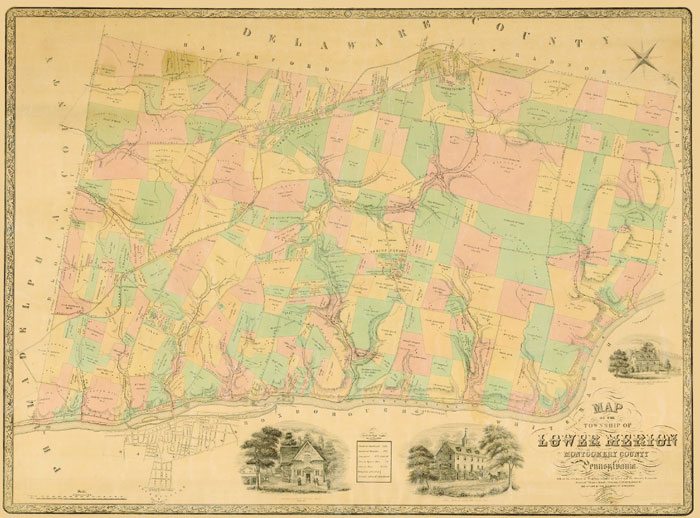Observations
Far away people heard with awe of the privileged Main Line of Philadelphia. (That it actually was not in Philadelphia didn’t matter.) The likes of Christopher Morley and James Michener described its ambiance, extolled its wealth and civility which, of course, depended on the urbane money-making apparatus of Philadelphia, immediately at hand.

The string of suburban communities that constitute the Main Line are braided together along the tracks of the once powerful Pennsylvania Railroad, linking East with West through this part of the U.S.A. The railroad, early named the Main Line of Public Works, gave it birth in its modern form. Quaker elements of its colonial roots were long ago forgotten.
First of all…now speaking in the beginning of the 21st century…the schools (both public and private) attract families. This generous helping of educational opportunities not only brings ambitious parents to the area, but also brings their academic faculties to nest nearby.
Medical resources are first rate. Doctors, lawyers, manufacturers and scholars live here, even if they work elsewhere; they add some altitude to the level of conversation at cocktail parties.
Here and there, retirement enclaves of grand scale spread over landscaped acres, often set in recyled mansions of yesteryear. Now and then, a rich man’s magnificent stone castle, sometimes disguised as a school or enveloped in a forest, may be glimpsed from a formal gateway. Alas, some have disappeared entirely. A few old, old colonial houses, still inhabited, have influenced local domestic architectural styles since World War I.
Once upon a time, the population of the Main Line (between roughly the 1870s and 1930s) was clearly layered and labeled, and money had everything to do with it. Gradually, second and third generations ascended the social scale, rising from immigrant serving class folk to float to the top, propelled by excellent free education and their hard work that forced open the barriers.
In these next hundred years, new people will continue to arrive, many from places even the professors have to be shown on the world map, and they will be inspired and educated by, and absorbed into the Main Line atmosphere…elevated slightly above the city as it is: cool, charitable and civilized.
